March 25, 31 in History. 1st Easter, according to calendar-maker Dionysius Exiguus
Almost the whole world uses the style of counting the years that was invented by the Scythian monk Dionysius Exiguus. He was part of a group of Scythian monks, including Joannes Maxentius, who played an influential role in Christian theological disputes between the 4th and 6th centuries. The name " Scythian " comes from Scythia Minor, the Western Black Sea region around the mouth of the Danube, and Thrace, the classical name of the modern region of Romania and Bulgaria, at the time a Roman province. Only a few things are known about Dionysius' life or origin. In his youth he may have been influenced by the religions and myths of his birthplace, e.g. Thrace was named after Thrax, a son of Aries. Some astral belief is still evident in astronomical symbols on the tombstones (stecaks) in Bosnia, from the Bogomil people who immigrated from the Black Sea region during eviction by the Byzantine empire. The Roman statesman Cassiodorus collecting important literature from authors of antiquity and saving it for the medieval period, described Dionysius as his friend and fellow-student. Dionysius Exiguus is the author of the Collectio Dionysiana, and of numerous canons of many councils and synods. One of his works, which is part of the "Patrologia Latina," is still powerfully influential today. Dionysius invented the Anno Domini count (A.D.) by establishing a new Easter calculation, which he dedicated in 525 to a historically unidentified Bishop Petronius. Dionysius called his Easter table CYCLUS DECEMNOVENNALIS DIONYSII (19-year cycle of Dionysius) How he arrived at the number of years from the incarnation, which is different than all previous chronologies, is a mystery that is going to be unraveled now. The years also conflict with Gospel reports and King Herod's death, which was at least in 4 BC. Dionysius dated the years from the incarnation of Christ at the former vernal equinox at 25 March. Dennis states that the ending of Cyril's Easter cycle in Diocletian's year 247 is the reason to start a new Easter cycle in the following year (532 AD). Yet there are several reasons why and how Dionysius designed Anno Domini in this way. The immediate cause was the looming " calendrical end of the world " due to the arrival of Anno Mundi 6000 in the chronology of Africanus, which dated Christ's birth to AM 5500. Influencing the invention of A.D. was the ancient cosmological doctrine attributing the origin, beginning, and end of the time to an alignment of all the classical planets, which induced Dionysius to investigate and calculate a future conjunction of all planets and to determine the beginning date for Anno Domini 2000 years before this conjunction. The interpretations of the Gospel and the Revelation of St. John, as well as the early medieval rate of precession, were central to the theme. The planetary massing in May 2000 was the focused date of the end of the world, according to the calculations of
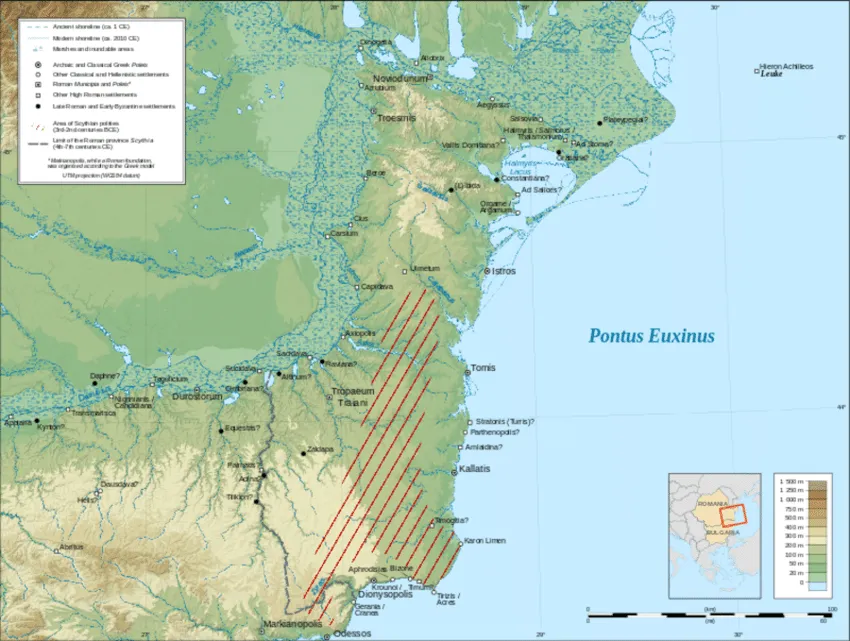
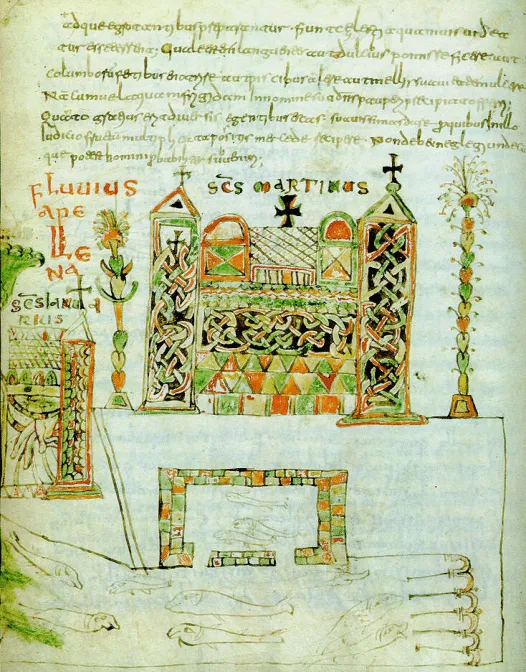


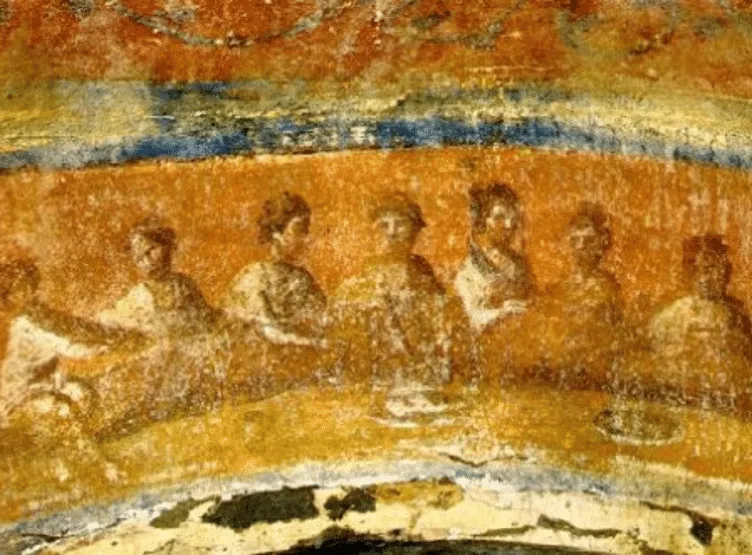
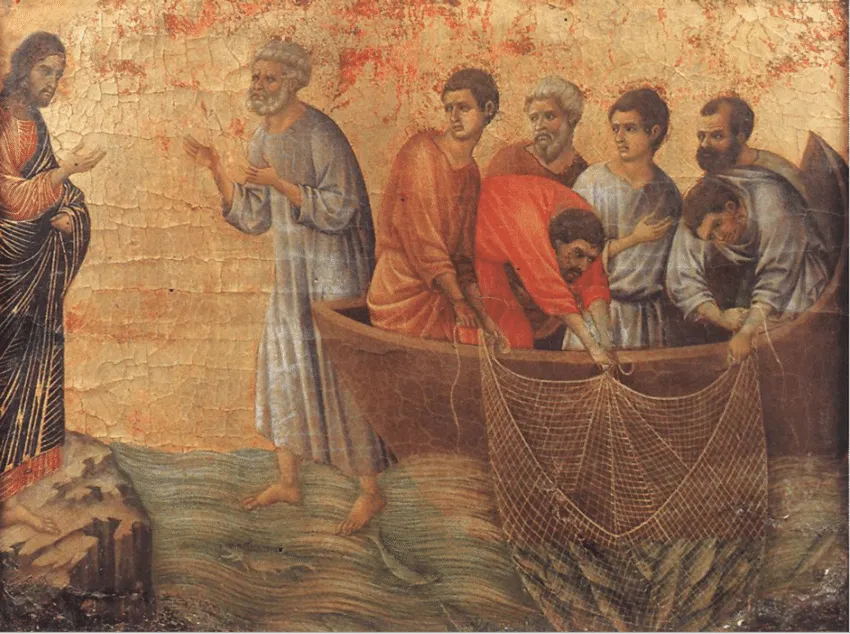

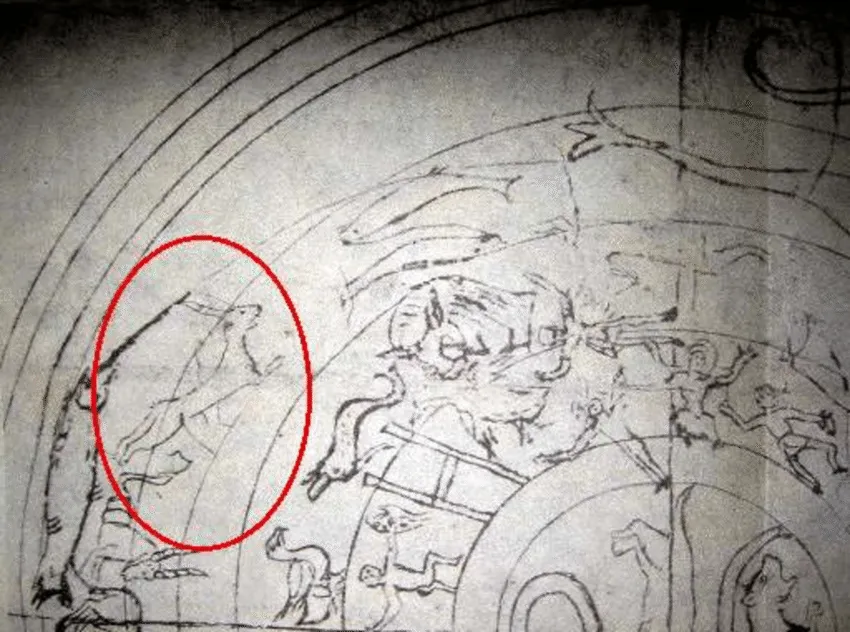
The Scythian Dionysius Exiguus and His Invention of Anno Domini (PDF Download Available). Available from: https://www.researchgate.net/publication/308654229_The_Scythian_Dionysius_Exiguus_and_His_Invention_of_Anno_Domini [accessed Mar 25 2018].